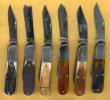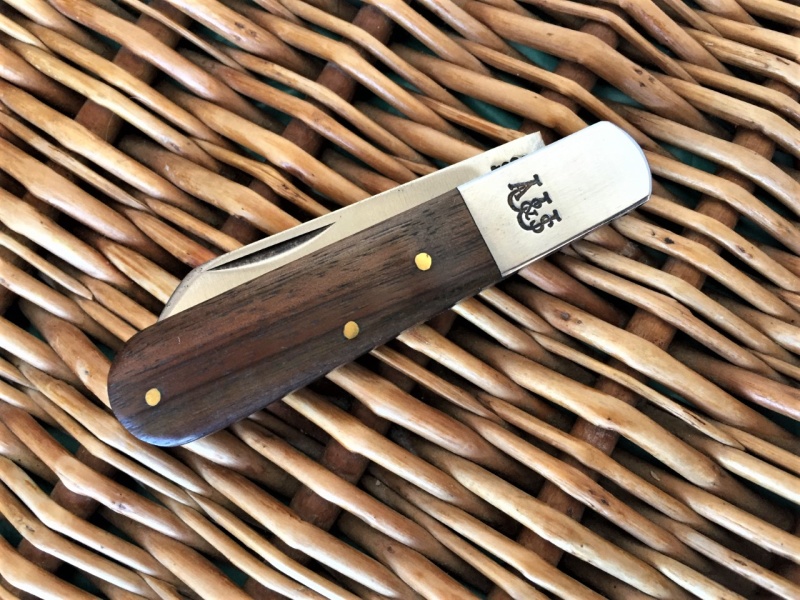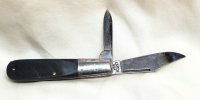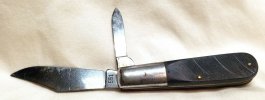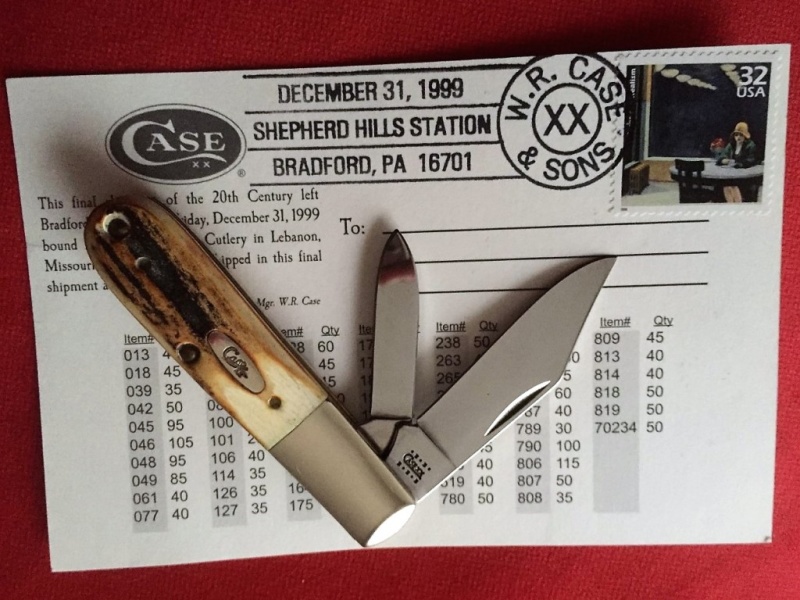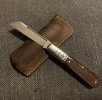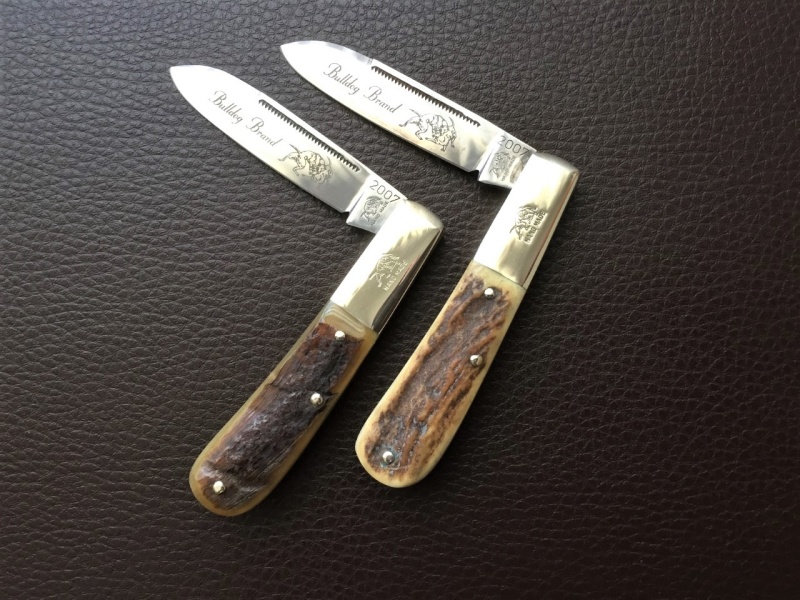You are using an out of date browser. It may not display this or other websites correctly.
You should upgrade or use an alternative browser.
You should upgrade or use an alternative browser.
What Makes a Good, Traditional Barlow?
- Thread starter waynorth
- Start date
Campbellclanman
Platinum Member
- Joined
- Mar 10, 2007
- Messages
- 14,556
- Joined
- Dec 2, 2005
- Messages
- 65,522
OldHercDude
Basic Member
- Joined
- Jun 28, 2020
- Messages
- 2,578
- Joined
- Jul 17, 2020
- Messages
- 225
I have to agree!Quite a good-looking knife.

- Joined
- Dec 2, 2005
- Messages
- 65,522
Older picture from my archives! Long gone to a Queen collector - good score on their part!!View attachment 1607098
The third knife lived its life on a display board; bleached by the sun except where it was tied to the board!!

That's an interesting detail on the third knife Charlie. Hope you're doing OK buddy


- Joined
- Mar 10, 2016
- Messages
- 474
- Joined
- Mar 10, 2016
- Messages
- 474
I hope that's patina and not heat damage at the tip of the clip blade.Just purchased this CAMCO 551 Barlow on Ebay for $16.View attachment 1608052
- Joined
- Mar 10, 2016
- Messages
- 474
I have a question about Colonial Barlows, and this seemed the appropriate thread in which to ask it. Namely, did Colonial use Swinden key construction similar to Schrade's Old Timer knives? I just acquired a pair of Colonial Barlow knives that don't have through-bolster pivot pins, but instead have internal pins or rivets connecting them to the liners. I don't see any way that these knives could have been physically assembled without using Swinden key construction (if I understand it correctly), since the bolsters had to be pinned to the liners before the liners were attached to the knife.
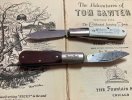
It seems like this defeats the point of having long bolsters (ostensibly to strengthen the knife) if they're not connected to each other via the pivot pin. They can't absorb any of the force or torque applied to the blades.

It seems like this defeats the point of having long bolsters (ostensibly to strengthen the knife) if they're not connected to each other via the pivot pin. They can't absorb any of the force or torque applied to the blades.
- Joined
- May 16, 2018
- Messages
- 4,176
I believe yours are what I would call "semi-clamshell" construction. While the plastic covers are pinned they protrude under the back of the bolsters, while the front will have a tab bent into a notch in the liners. Essentially the bolsters are just for looks and you'd be correct in that this type of bolster offers no support. The pivot pin is simply peened or spun over the internal liners,and not the Swindon key type.I have a question about Colonial Barlows, and this seemed the appropriate thread in which to ask it. Namely, did Colonial use Swinden key construction similar to Schrade's Old Timer knives? I just acquired a pair of Colonial Barlow knives that don't have through-bolster pivot pins, but instead have internal pins or rivets connecting them to the liners. I don't see any way that these knives could have been physically assembled without using Swinden key construction (if I understand it correctly), since the bolsters had to be pinned to the liners before the liners were attached to the knife.
View attachment 1611392
It seems like this defeats the point of having long bolsters (ostensibly to strengthen the knife) if they're not connected to each other via the pivot pin. They can't absorb any of the force or torque applied to the blades.
- Joined
- Mar 10, 2016
- Messages
- 474
That was my first thought was well, but there are a few indicators against it. They don't have the bent tabs (that was actually the first thing I checked for on the Ebay photos). I can see where the bolsters are pinned on the inside of the liners, but I can't get a good picture of the pins.I believe yours are what I would call "semi-clamshell" construction. While the plastic covers are pinned they protrude under the back of the bolsters, while the front will have a tab bent into a notch in the liners. Essentially the bolsters are just for looks and you'd be correct in that this type of bolster offers no support. The pivot pin is simply peened or spun over the internal liners,and not the Swindon key type.
I suppose they could still be semi-clamshell in the way that you suggest, with the scales extending under the bolsters and the bolster pins running through the scale material to the liners...except that I can actually see daylight in the gaps between bolsters and scales on the white knife.
I can also see daylight between the bolsters and the liners on the white knife, which is probably the level of F&F to be expected in a knife made as an advertising freebie.
- Joined
- May 16, 2018
- Messages
- 4,176
Ah, I see, thats interesting. I'm not sure then, perhaps one of our more sage members will educate us both soon 

- Joined
- Mar 22, 2020
- Messages
- 759
- Joined
- Oct 17, 2009
- Messages
- 1,076
Holy moly. That’s a real looker






